Firstly, the method of identifying the brightness of an indoor HD led display
1. Make a 3V DC power supply that is easy to connect to the LED and make it with a battery. Two button batteries can be used, which are installed in a small plastic tube and lead to two probes as positive and negative outputs. The tail end is directly made into a switch by the shrapnel. When used, the positive and negative probes correspond to the positive and negative pins of the LED. Holding the switch at the end, the light tube is illuminated.
2. Use a photoresistor and a digital multimeter to form a simple metering device. The photoresistor is led out of two thin wires and directly connected to the two-meter pens of the digital multimeter. The multimeter is placed in the 20K position. Note that the measured values are the actual resistance of the photoresistor, so the brighter the light, the smaller the value.
3. Pick an LED light-emitting diode and illuminate it with the above 3V DC. The light-emitting head is facing and close to the photosensitive surface of the connected photoresistor. At this time, the multimeter reads to distinguish the LED brightness.
Secondly, the brightness identification level.
It refers to the brightness level of the image that can be distinguished by the human eye from black to white. The gray level of the display is very high and can reach 256 or even 1024. However, since the human eye has limited sensitivity to brightness, these gray levels cannot be fully recognized. That is to say, many grayscales of adjacent levels may look the same to human eyes. And the ability to distinguish the eyes is different for each person.
In terms of the level of human eye recognition for the display, it’s naturally the more, the better. Because the displayed image is for everyone to see. The more brightness levels that the human eye can distinguish, the greater the color space of the display and the greater the potential for displaying rich colors. The brightness discrimination level can be tested with special software. Generally, it can be called a good level if the display can reach 20 degrees or higher.
Thirdly, brightness and viewing angle.
The brightness of the indoor full-color screen should be above 800cd/m2, and the brightness of the outdoor full-color screen should be 1500cd/m2 or more to ensure the normal operation of the display. Otherwise, the displayed image will not be seen because the brightness is too low. The brightness is mainly determined by the quality of the LED. The size of the viewing angle directly determines the number of display audiences, so the bigger the better. The viewing angle is primarily determined by the led encapsulation.
Founded in 2015, Shenzhen HTJ Technology Co., Ltd. has a registered capital of 50 million. It is a professional LED application product supplier (LED display, glass curtain wall transparent screen) integrating R&D, design, production, sales, and engineering services. At the same time, it is also one of the domestic best LED product application system solution providers.
Based on the forward-looking judgment of the LED industry and the accurate positioning of the company’s business strategy, HTJ has become a representative of the growing companies in the industry. Thereby, it achieves product development, business comprehensive, service professional development pattern, and a strong competitive advantage. Small fine pixel pitch led display is also the superior product in HTJ. After years of continuous efforts and technical improvement, the performance of HTJ small fine pixel pitch led display products has become more and more stable and is constantly highly praised by users.
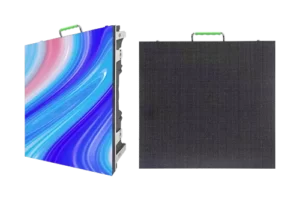


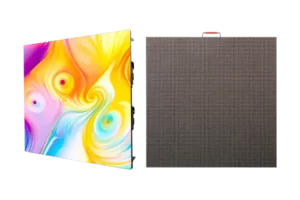




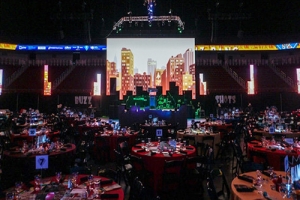


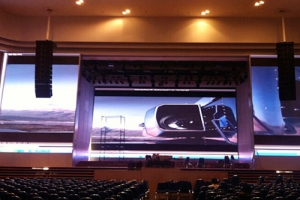
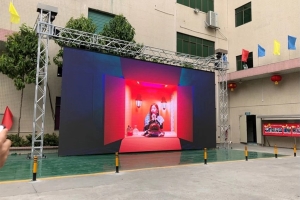
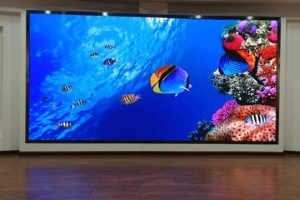

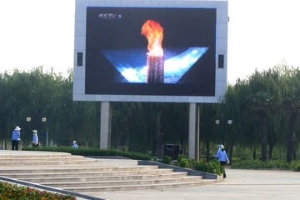


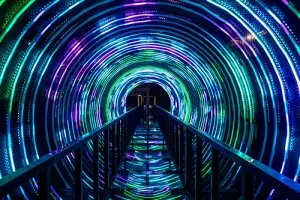



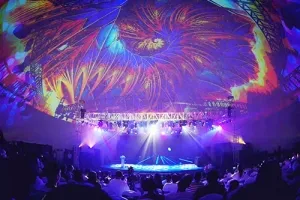








 Language
Language 




